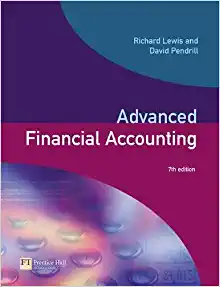Question
Need help for following questions from a trading unit 1. Outline the differences between the insider regulations in Australia and the US. Consider the following
Need help for following questions from a trading unit
1. Outline the differences between the insider regulations in Australia and the US. Consider the following scenarios and determine their legal status based on various definition of insider trading liability: a. While dining at a restaurant, you overheard the diners at a nearby table talk about how they have just secured a large and lucrative new contract for their company. Can you purchase the company's stocks or call options before public announcement of the news? b. While working on a summer internship program at a Big Four accounting firm, you are asked to photocopy documents which show an unexpected and substantial loss by a listed company. Can you sell short the company's stocks or buy the company's put options before announcement of the news? c. Suppose in the preceding scenario, you later tell your friend about what happened at work. Can she short the company's stocks or buy the company's put options before announcement of the news? d. What if your friend were a stockbroker, and she recommends to her client who owns the company's stocks to sell those stocks. Can the client sell his stocks before announcement of the news?
2. Many observers of the market, including Michael Lewis, author of the book Flash Boys, have accused HFT firms of front running by observing order flow to the market and using those orders and their superior technology to place and execute their own orders before earlier "slow orders" are executed. At least for the scenarios described here, does the accusation of HFT front-running seem justified? Why or why not?
3. This exercise is related to a trading practice called quote matching, which occurs hen a small trader places an order one uptick (downtick) from that of a large trader so as to profit from the large trader's transaction upward (downward) price pressure., or to use the large trader as a trade counterparty should prices decrease (increase). Suppose that Stock X has just sold for $10/05. An institutional investor places a limit order to purchase 1 million shares at $10.00, which is now the best bid. The best offer is currently $10.10. A trader, ho reasons that the stock is equally likely to have an intrinsic value (true worth) of either $10.00 or $10.10 (E(V) = $10.05), place a limit order to buy 200,000 shares of the stock for $10.01.a. Describe how the trader is attempting to exploit the options provided by the spread.b. Ho might the institutional investor be losing wealth as a result of his limit order?
4. Explain the differences among layering, quote stuffing and spoofing.
Step by Step Solution
There are 3 Steps involved in it
Step: 1

Get Instant Access to Expert-Tailored Solutions
See step-by-step solutions with expert insights and AI powered tools for academic success
Step: 2

Step: 3

Ace Your Homework with AI
Get the answers you need in no time with our AI-driven, step-by-step assistance
Get Started


